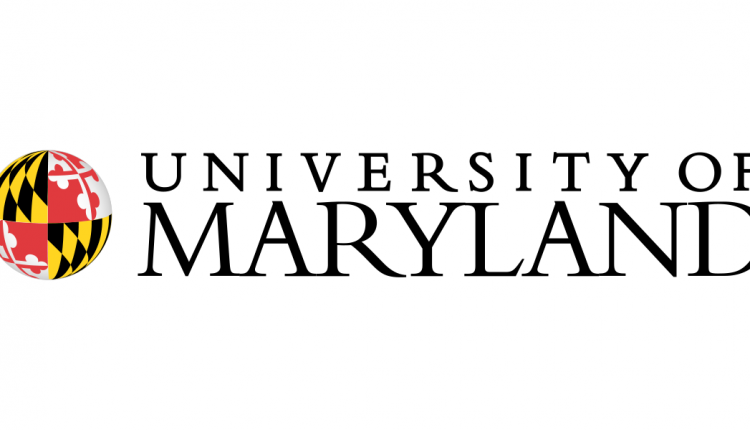University of Maryland: From Bugs to Bronze Age, Nearly 300 Courses Get Creative Boost
From identifying freshwater insects by their DNA to taking a virtual tour of a PepsiCo facility to recreating ancient art with 3D printing, thousands of University of Maryland students will have new and enhanced learning experiences this year, thanks to a program designed to spur creativity in classroom instruction.
Nearly 300 courses across 86 academic programs have received support for the 2022-23 academic year from the new $2.7 million Teaching and Learning Innovation Grant initiative, an outgrowth of the university’s strategic plan. It calls for reimagining learning, and the initiative will encourage that in “inclusive, experiential, publicly engaged, creative, integrative, holistic and empowering” ways, according to Senior Vice President and Provost Jennifer King Rice.
The grants are designed to “increase opportunities for students to do experiential learning—internships, field trips, a more high-engaged classroom environment,” said Marcio A. Oliveira, assistant vice president for academic innovation and technology and executive director of UMD’s Teaching and Learning Transformation Center.
This fall, undergraduates in one course funded by a grant will go to nearby streams, extract DNA from insects and use a DNA barcode and database system to identify the species, said Alina Avanesyan, an assistant research scientist in the Department of Entomology.
“It’s a new technological approach,” she said. “It works like a UPC in grocery store—you get an item, you have a barcode, you screen it and you know what this item is.”
Ebonie Cooper-Jean, an associate professor in the School of Public Policy, will spend grant funds on honorariums for the organizations that partner with students through her classes on nonprofit leadership and social innovation. Those groups include Dreaming Out Loud, an urban farming operation; Kingdom Cares, which provides food, toiletries, household supplies and rent and utilities assistance; and iFLY Youth, a school and international travel program for middle school girls.
“What better way for students to learn the nuances about philanthropy than to go sit down and talk to folks who run a foundation?” Cooper-Jean said. “We’re really getting back out in the community again to make learning real.”
In the spring, Assistant Professor Emily Catherine Egan in the Department of Art History and Archaeology will, thanks to a new grant, ask students to make a copy of an ancient artwork through photographic interpretation and 3D printing, as well as produce a contemporary, chalk version of a painted Bronze Age floor. Egan said the exercises are “designed to give students new, transferable skills in current technologies … (and) help them engage with ancient material on a more personal level, bridging gaps between past and present.”
In the Robert H. Smith School of Business, Humberto Coronado, a senior lecturer and associate director of the Master of Science program in supply chain management, is working with PepsiCo on a new virtual reality experience that will take students inside a real manufacturing plant to see how a product travels from creation to a customer’s hands.
Companies such as DHL, Wal-Mart and Amazon are already using similar virtual reality technology in their day-to-day operations, he said, and giving students a technological “head start” at UMD is crucial.
“My students are gonna be crazy about this,” Coronado said.

